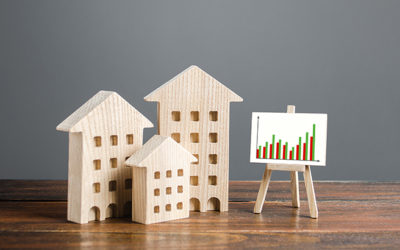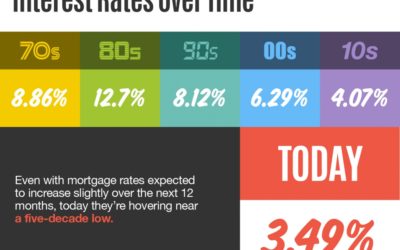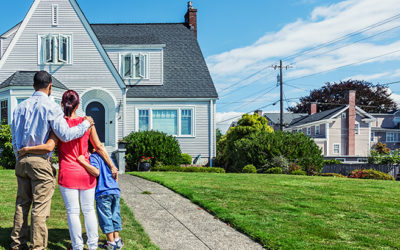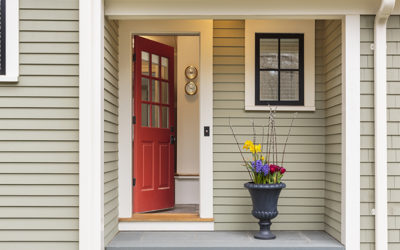Green Matters in Real Estate!
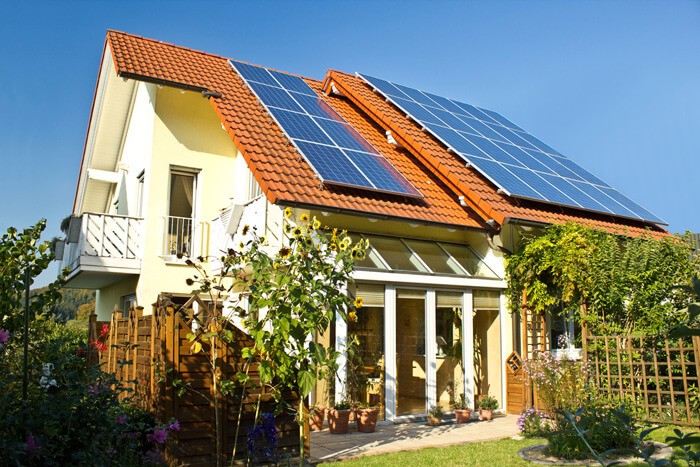
Your clients want to hear more about green real estate and why it matters, surveys show.
Whether they’re first-time buyers or existing homeowners, consumers are showing more desire to learn more about environmental matters in housing.
Indeed, 61 percent of homeowners have researched energy-efficient improvements, according to the Bank of America Homebuyer Insights Report. Eighty-six percent of homeowners say they have some type of energy-efficient product in their home.
And it’s not just a young generational thing. That same study shows that 93 percent of seniors say they have energy-efficient products in their home compared to 78 percent of millennials.
Indeed, more than half of REALTORS® say that their consumers are showing a greater interest in real estate sustainability issues and practices, according to NAR’s REALTORS® and Sustainability report, which stems from NAR’s new sustainability program. More multiple listing services are adding data fields to spotlight a property’s green features as well.
The green home features REALTORS® say their clients are showing the most interest in involve a home’s efficient use of lighting; a smart or connected home; green community features, such as bike lanes and green spaces; landscaping for water conservation; and renewable energy systems, such as solar and geothermal.
Housing experts offer up several ways homeowners can be more green with their homes and save money to boot, including:
- Upgrade leaky windows: About one-quarter of a home’s heat loss during colder months is due to the windows and doors. Buying energy-efficient windows can help to improve thermal insulation, preserve energy, and reduce noise and dust in the home, according to Ply Gem, an exterior building product company.
- Insulate walls and attic: An extra layer of insulation will help curb the work that your heating and cooling systems have to do, according to the BofA report.
- Improve the heating system and A/C unit: Air conditioning alone eats up more than 8 percent of all the electricity produced in the U.S. Heating accounts for 30 to 50 percent of annual energy bills and is the largest energy expense in most homes in moderate and cooler climates. A more energy-efficient system can help curb costs.
- Opt for vinyl: Vinyl is one of the most durable, cost-effective solutions for buildings because it’s low maintenance and boasts a long lifespan. It can help save on energy and material costs too, according to the U.S. Green Building Council. Opt for vinyl siding, fence, railing, and windows.

Realtor Mag
Thinking of Selling? Now May Be the Time.
The market is entering the year like a lion. There’s no indication it will lose that roar, assuming inventory continues to come to market.
Entry-Level Homeowners Are in the Driver’s Seat
Whatever you choose, if you’re moving out of an entry-level house, you’re likely going to be in the driver’s seat as a seller.
Opportunity in the Luxury Market This Year
With a strong economy and a backdrop set for moving up this year, it’s a great time to explore the luxury market.
Interest Rates Over Time
With interest rates hovering at near historic lows, now is a great time to look back at where they’ve been, and how much they’ve changed over time.
The #1 Misconception in the Homebuying Process
If you’re thinking about purchasing a home, realize that homes are still affordable even though prices are increasing.
The Many Benefits of Aging in a Community
“Aging-in-place” definitely has its advantages, but it could mean getting “stuck-in-place” too. We can help you figure it all out!
How Trusted Professionals Make Homebuying Easier to Understand
There are many possible steps in a real estate transaction, but they don’t have to be confusing.
The Overlooked Financial Advantages of Homeownership
With a mortgage, you can keep your monthly housing costs steady and predictable.
How the Housing Market Benefits with Uncertainty in the World
“Amid uncertainty, the house-buying power of U.S. consumers can benefit significantly.”
The #1 Reason to List Your House Right Now
The success of the U.S. residential real estate market, like any other market, is determined by supply and demand.
